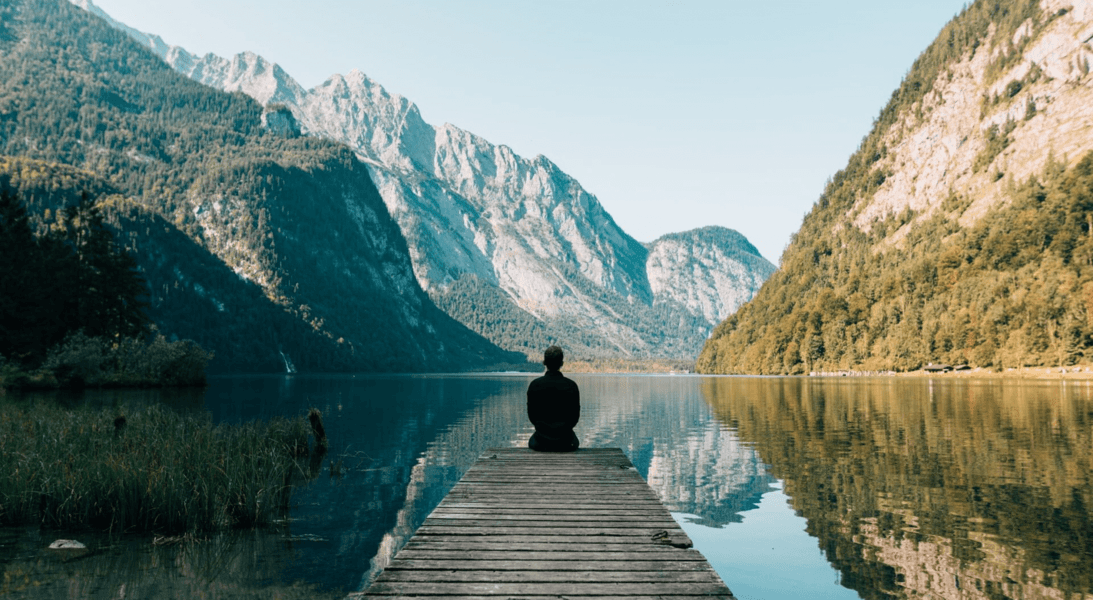GUIDE: HOW TO SELF-REFLECT AS DANCERS
Wow! We’re already at the end of 2022!
At the beginning of this year, we shared our first blog post, and we’ve been crazy busy since then. But let’s face it, who isn’t busy? We thought given the circumstances and the time of year, we should focus on reflection and learning as dancers.
What is self-reflection in dance?
Self-reflection in dance is the same as it would be in any other field – an opportunity to evaluate one’s own performance and develop an action plan for continued growth. To be honest, dance fits well in the conversation about self-reflection because feedback is almost instant, or it can be over a longer period. For example, it can be immediately after performing a routine, “What went well during that practice? What do I want to improve on my next try?” Or after a class is completed, “Which exercise was my best? Which one could I do better on next time?” Beginner students might discuss these with their teachers but as students advance, they develop the habit of assessing their work and self-correcting.
Why is reflection important in dance?
Reflection is a significant part of the learning process. The idea of “thinking about thinking, known as Metacognition, helps people learn deeply, rather than acquire surface-level knowledge. The act of stopping and thinking about the dancing you just did helps to understand information. Self-reflection also helps a dancer learn how they learn best. Do they want counts or lyrical cues? Do they need to watch without moving themselves? Do they prefer to practice alone or in a group setting? These preferences are unique to each person and the only way to figure out their learning experiences is to take some time to reflect and think about them.
Reflection versus judgment
Reflection helps students deepen their understanding of themselves, but this practice could easily be misconstrued for judgment. When working on the nuance of a dance skill or technique, the step was either correct, or it wasn’t. This is a necessary judgment to learn a step properly. However, it’s also important that students develop the ability to just notice, observe, and describe, without attaching a value judgment. This can be harder than you think. When asking my former elementary school students to begin their statements with “I saw__,” it was challenging for them not to start their statement with “I liked__.” Their support for their dance classmates was great and I wanted them to understand their own preferences, but it’s also a useful skill to simply witness.
So, on the topic of self-reflection, we thought it would be helpful to share some tools on self-reflection. Here are four ways to encourage the reflective practice in dancers:
Video
Video can be great for dancers. They must learn how to dance based on how their movement feels just as much as how it looks. Do not rely heavily on mirrors. Videos of one’s performance offer dancers the opportunity to see what their work looks like, and often the chance for ‘aha moments.’ It’s much easier to understand that your turn was off-balance, or you are a beat late when you see it on video than hearing it from your teacher.
Journal
Writing in a journal is the perfect tool for dancers to measure their progress over time. Reflecting in this format can happen weekly, monthly, by session or by video-recorded performance. Journaling is a great way to record goals and reflect on one’s progress towards meeting them, write small wins, or note corrections received. A journal can also help a dancer notice patterns in their thinking and growth.
Some Good Journal Prompts:
- What is your favorite part of the class? Why?
- Write down the skills you performed confidently
- Write down the skills you feel you need to improve on. What are some ways you think you can improve?
- What part of the class is most challenging for you? What do you say in your head to help get through?
- Write a note to someone in class. (It is important to cheer each other on)
- What is one way you’ve grown since the start of this (unit/month/semester)?
- What would help you to feel more confident as a dancer?
- What would you like to ask your teacher?
- What ways of learning help you the most?
- How do you see your intention reflected in your choreography? What are some ways you could make it clearer?
- If you were the teacher, what would you want your students to know?
Parents [If you’ve got a little at our studio]
The conversation-starter question is always, “What was your favourite part of dance class today?” followed by “Why?” This is an easy way to encourage your little dancer to think about their experience and share any wins. The journal prompts above also make great questions.
Teachers
As teachers, we ask, “Are we ready to move on, or do we need to do it again?” This encourages students to reflect on their understanding of choreography or a task.
At Dance Expression, we routinely use the “Glow and Glow” method, where students share one thing they did well and one area they would like to improve, sometimes sharing with the class, and sometimes writing it down on a paper. This really boosts their confidence when they hear what they did well so they can do it again!
So this December; we really hope that you take some time to reflect on your 2022 as a dancer and help your children learn this practice too. It’s an important skill in every aspect of life.
